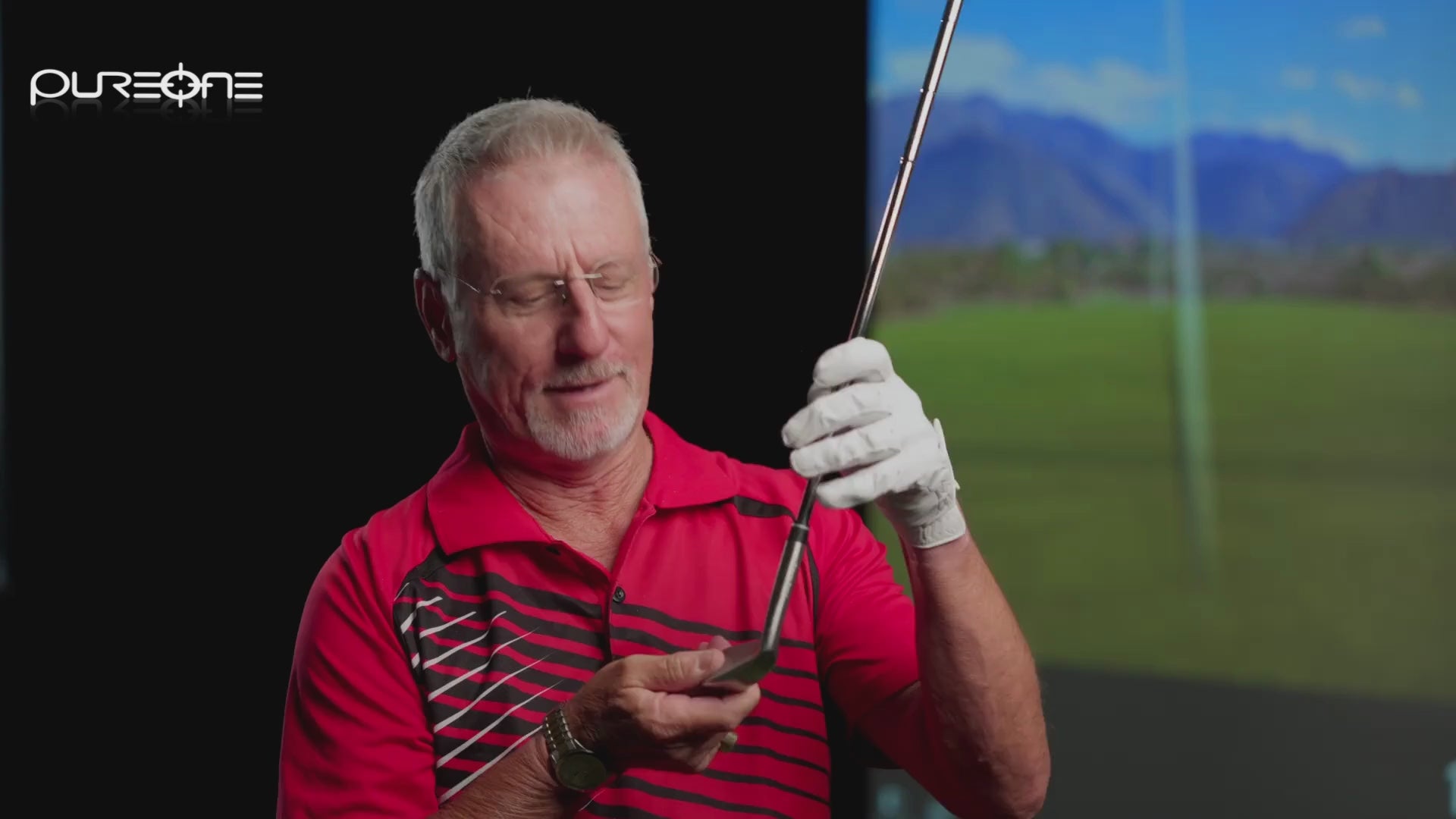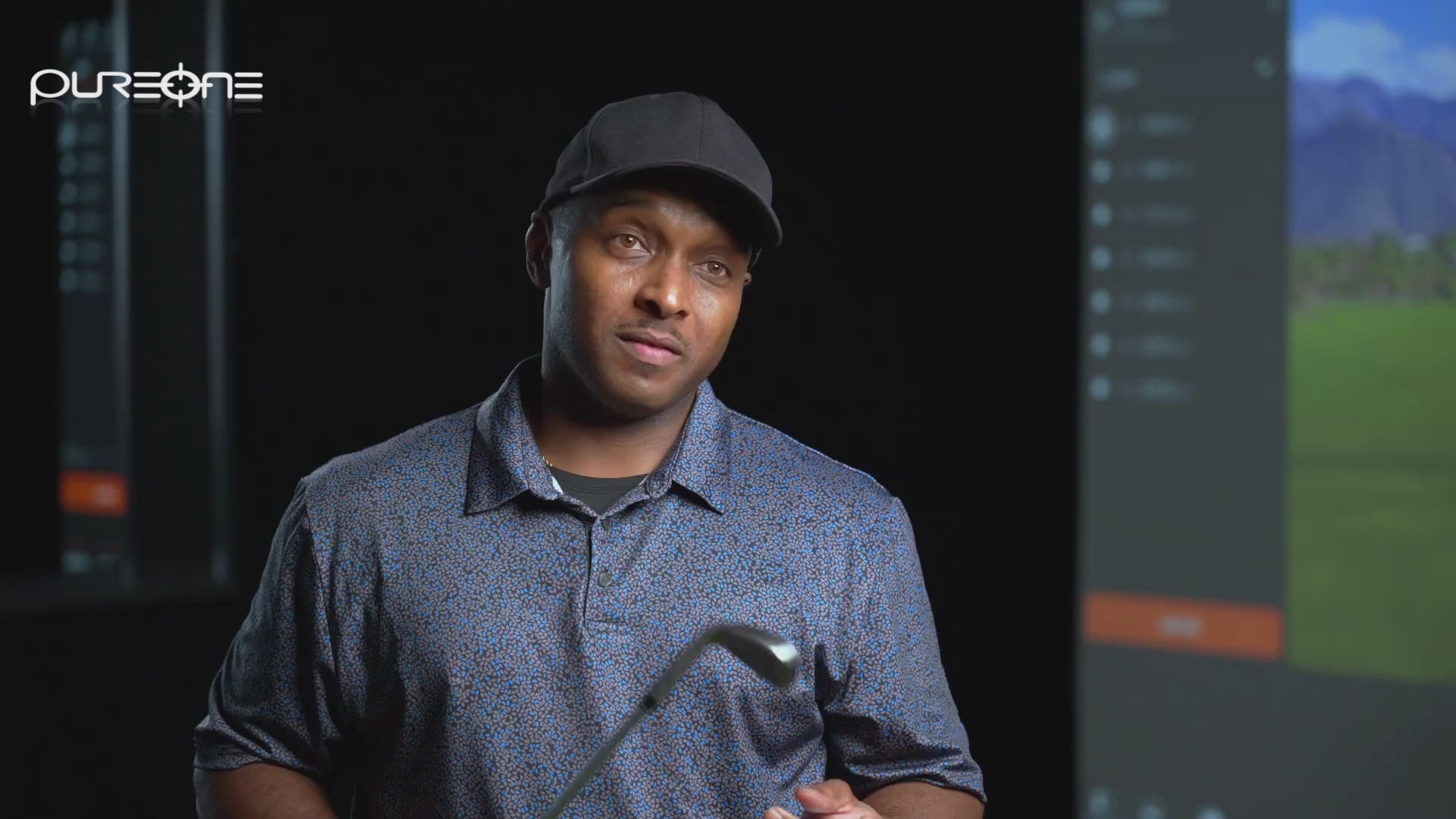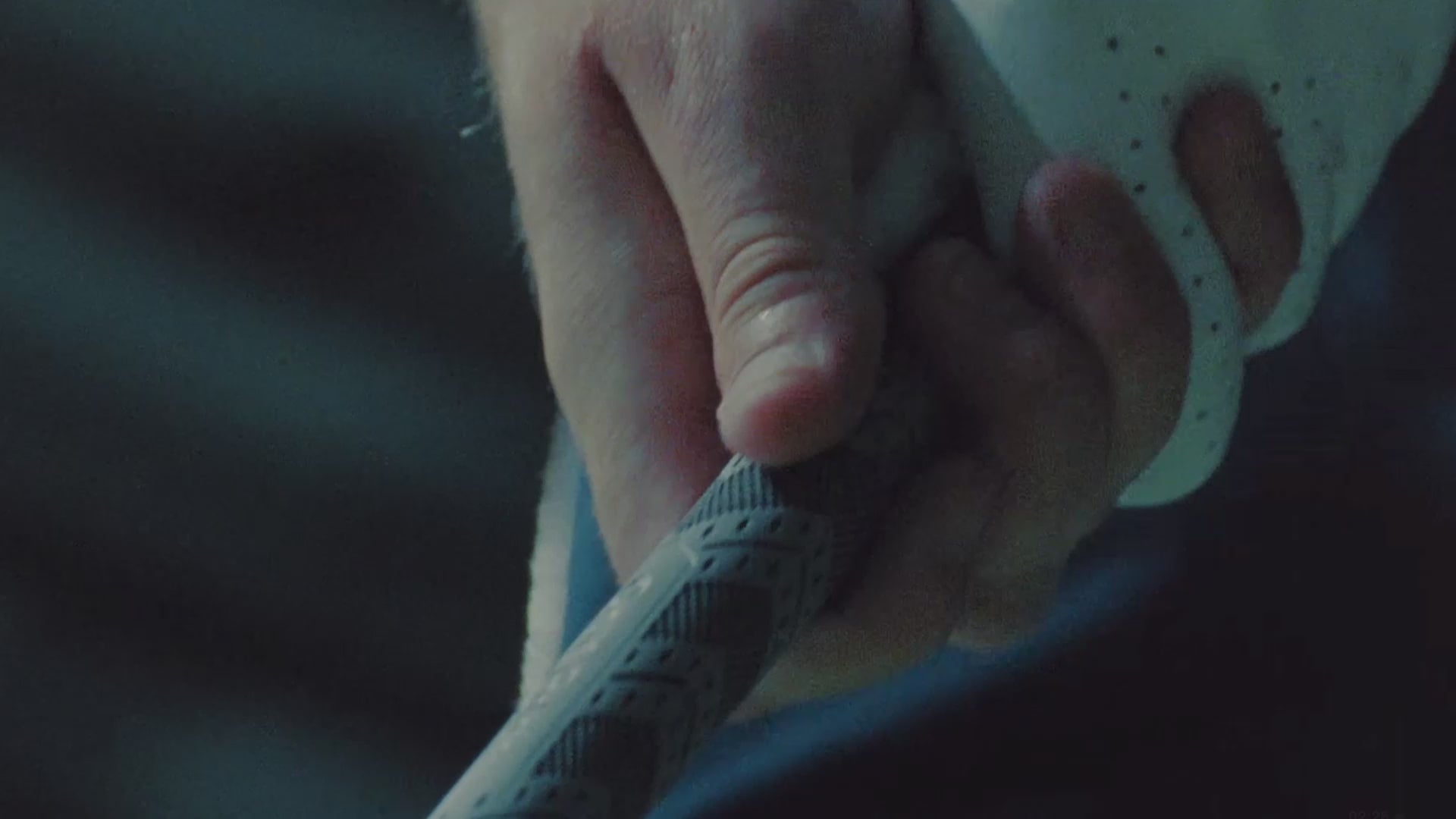The Transition Secret in Golf: Mastering Your Downswing
May 08, 2025
OK, so you know how to grip the golf club and understand how to rotate it back, but now comes the final part: learning how to start the downswing (properly) in order to make great contact.
In my opinion, the transition is where golf rounds are either won or lost. So if you can nail your transition, you'll unlock power and consistency that you never knew you had.
So the difference between breaking 90 in golf or even shooting sub-80 isn't about swinging harder or getting some gimmicky golf training aid. It's about mastering this subtle move that the pros make look effortless — which can be done with any of the PureOne Golf practice clubs.
Start Your Downswing By Feeling the 'Hands of Stone'
About 1.5 years ago, a beautiful thing happened as I watched everything change for my student, Nico, who was a competitive high school sophomore at the time.
Nico struggled with the driver, losing the ball well right very often, and, occasionally, hitting wild snap hooks. During one lesson, I placed my hand on his wrists at the top of his backswing and told him, "Pretend your hands are made of stone for the first move down."
His confused look said it all.
"Your hands shouldn't actively do anything to start the downswing," I explained. "They're just passengers."
Instead, I had him focus on starting his downswing by gently pressing into the ground with his lead foot while rotating his lower body towards the target. The result? His hands naturally dropped into what is called the "slot," which is a perfect delivery position that produces pure strikes.
"It feels like I'm doing nothing with my arms," he said after striking three consecutive Drivers.
"Exactly," I replied. "That's the secret."
The Pause That Refreshes
Another common transition killer that I often see from amateur golfers is the rush from the top. For whatever reasons, players get to the end of their backswing and immediately yank the club down, creating an over-the-top move that produces pulls, slices, and those embarrassing shots that barely get airborne.
Try this tomorrow: When you reach the top of your backswing, insert the tiniest pause — not quite a Cameron Young-style pause, but a momentary collection point. It might feel like an eternity, but it's really just a fraction of a second.
This micro-pause allows your lower body to initiate the downswing while your upper body stays patient. Jack Nicklaus, with his 18 major championships, had one of the most noticeable transition pauses in golf history. If it worked for him, it might just work for you.
The Weight Shift You're Missing
If you're struggling with fat or thin contact, your transition might be missing the crucial weight shift — which could be caused by shifting rather than rotating in the swing.
Here's something most amateurs need to hear: At the top of your backswing, roughly 80 percent of your weight should be on your trail foot. By impact, about 80 percent needs to be on your lead foot.
The magic happens when this shift begins before your arms start to come down.
Here's a good drill to try the next time you go practice golf: Make a backswing, then step towards the target with your lead foot before starting down. This exaggerated move teaches your body the correct sequence, and is often referred to as the "Gary Player Drill."
When you take this feeling to the course, you'll notice something remarkable — the club will naturally shallow out, approaching the ball from inside the target line rather than over the top. The result? More draws instead of slices, compression instead of thin contact, and distances that you never thought possible.
The transition isn't just another part of your swing, it's the heartbeat of a great golf shot, helping you start the downswing the right way. By mastering it, you'll soon be sharing stories about shooting your best round ever sooner than you think.
PGA of America Golf Professional Brendon Elliott is an award-winning coach and golf writer. Check out his weekly Monday column on RG.org, sign up for his golf newsletter, and visit OneMoreRollGolf.com to learn more about him and his work.






